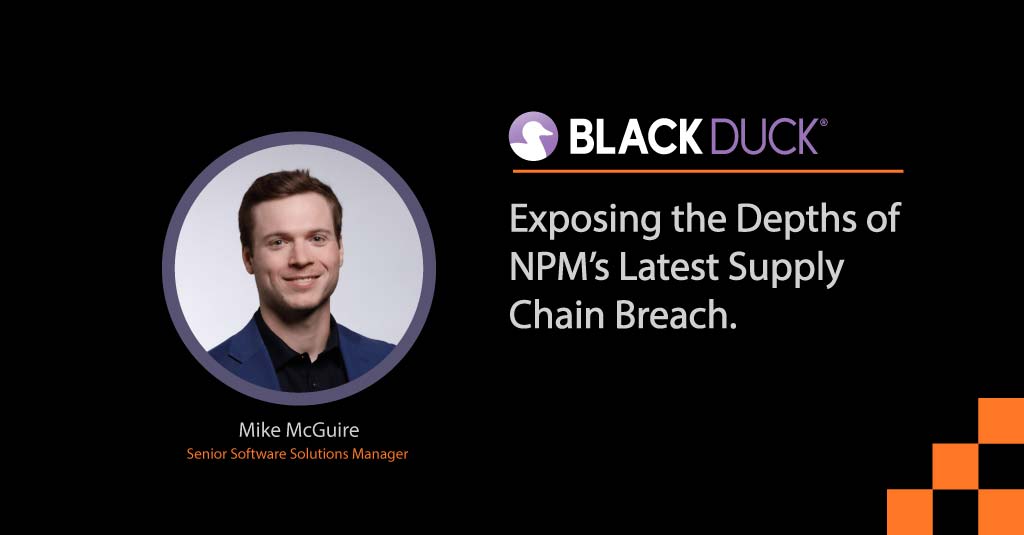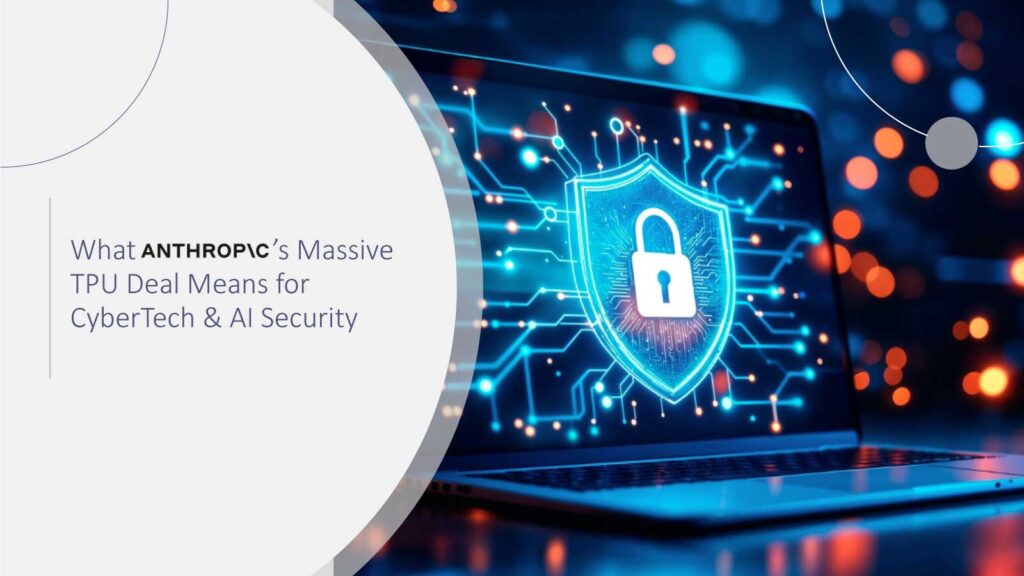In the aftermath of a ransomware attack — and certainly while planning for one — organizations face a high-stakes decision. Should they completely rebuild their IT environment from scratch — a greenfield approach — or restore and remediate the existing infrastructure — a brownfield approach?
While greenfield may appear to offer a cleaner slate pre- or post-breach, it’s often a costly misstep. Brownfield recovery, when executed properly, is not only more efficient and secure, but also far better aligned with business continuity objectives.
The Greenfield Rebuild Trap
Greenfield rebuilds continue to gain traction, but they’re frequently the wrong choice — technically unnecessary, operationally disruptive, and financially burdensome. The assumption behind this approach is that a clean rebuild guarantees security.
Recommended CyberTech Insights: The Silent Threat in Your Pocket: How Mobile Apps Are Leaking Your Sensitive Data
Here’s why that logic breaks down:
- Lack of Trustworthy Baselines. Most organizations don’t maintain up-to-date, immutable infrastructure documentation. Configuration drift, legacy dependencies, and undocumented changes often creep back into the environment, reintroducing vulnerabilities.
- Loss of Forensic Evidence. Wiping systems eliminate critical logs, malware artifacts, and attacker indicators of compromise (IOCs). Without this data, root cause analysis suffers, increasing the risk that persistence mechanisms remain undetected.
- False Sense of Security. If the full scope of the attack isn’t understood, newly rebuilt systems can quickly be re-infected. Greenfield efforts may reset the clock, not remove the threat.
- Data Migration Risks. Reintroducing data from compromised environments without rigorous validation risks importing malicious files, backdoors, or tainted backups into the new infrastructure.
- Operational Complexity. Rebuilding a network involves reinstalling software, reconfiguring systems, revalidating integrations, and securely migrating data — all under pressure. This can take days or weeks, significantly prolonging business interruption.
- Untested and Inflexible. Many organizations have never practiced a greenfield recovery. In a crisis, this lack of familiarity introduces delays, errors, and missed dependencies. Worse, it bypasses valuable learnings about threat actor behavior and system resilience.
While greenfield rebuilds may be warranted in extreme cases — such as deep, undetectable compromise or regulator-mandated actions — they are too often a knee-jerk reaction driven by the illusion of starting fresh.
Recommended: Bridging the Security and Engineering Divide in Identity Management
The Case for Brownfield Recovery
In most ransomware scenarios, a brownfield approach — remediating and restoring on top of existing infrastructure — is faster, safer, and more effective. Here’s why:
- Faster Time to Recovery. Organizations can prioritize and restore mission-critical systems first, resuming operations even as cleanup continues in non-essential areas.
- Preservation of Forensic and Operational Data. Retaining system state, logs, and configurations supports root cause analysis and hardening efforts, helping prevent recurrence.
- Targeted Remediation. With tools like EDR, memory analysis, and live forensics, threats can be precisely eradicated without wiping entire systems.
- Flexible Hybrid Strategies. Select systems, such as hardened identity infrastructure, can be rebuilt in parallel using greenfield methods, while the broader environment is restored via brownfield.
This blended approach balances recovery speed with security assurance, maximizing uptime and minimizing risk.
Real-World Impact of Ransomware Network Recovery
Consider a recent enterprise ransomware engagement where Fenix24 helped restore more than 80% of business operations within 48 hours using a brownfield recovery. By leveraging clean backups, isolating infected segments, and conducting live forensics, the organization avoided weeks of downtime and saved millions in potential business interruption costs. They retained key forensic evidence that later aided in litigation and compliance reporting — benefits a greenfield rebuild would have erased.
Recommended CyberTech Insights: How Zero Trust Evolves to Address Financial Risks for Modern Enterprises
Greenfield vs. Brownfield: A Strategic Decision
Choosing the right recovery method has cascading implications — financial, operational, regulatory, and reputational. While greenfield may feel more secure, it often introduces more risk than it resolves unless it’s part of a carefully tested and narrowly scoped plan.
Checklist: Brownfield vs. Greenfield
Brownfield is typically preferred when:
- Only part of the environment is compromised
- Clean, recent backups exist
- Identity systems are intact or repairable
- Forensic data is actionable
- Time-to-recovery is critical to business continuity
Greenfield may be necessary when:
- The environment is fully lost with no usable backups
- There’s a suspected deep compromise (e.g., firmware or rootkits)
- Identity systems are fully subverted
- Legal or regulatory mandates require rebuild
- Threat actor presence can’t be conclusively evicted
Final Thought A greenfield rebuild might look like taking full control, but in most cases, brownfield recovery offers a more pragmatic and effective path forward. It’s not about salvaging the past, it’s about restoring what matters most — safely, swiftly, and with foresight.
Recommended: Security in the AI Age Requires Being Just as Innovative as Bad Actors
To participate in our interviews, please write to our CyberTech Media Room at sudipto@intentamplify.com








